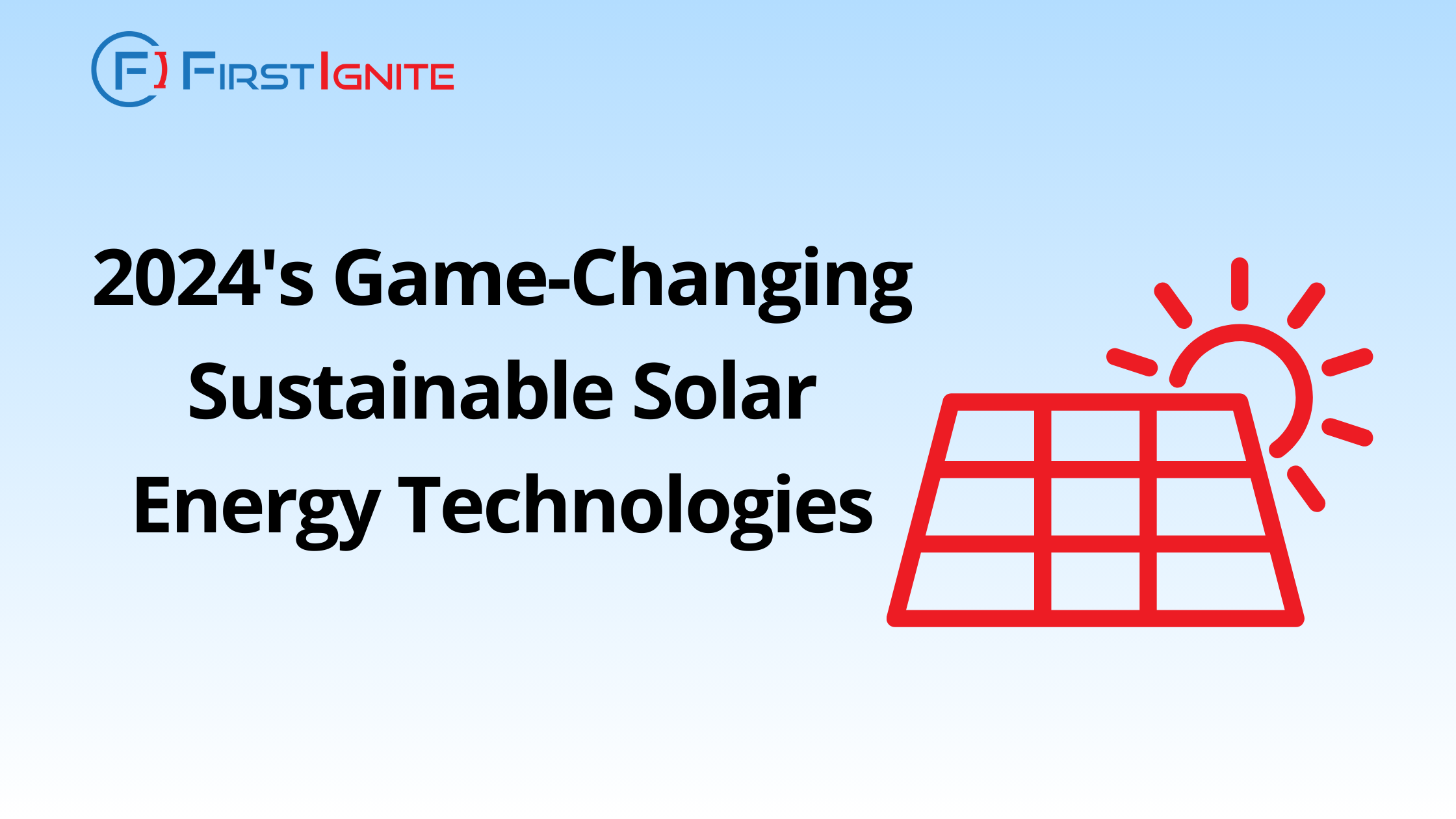
The world’s reliance on sustainable solar energy and solar panels has grown tremendously in recent years as we strive towards a greener future with renewable energy sources. Solar power technology advancements are paving the way for more affordable and efficient low-cost solutions.
Advancements in Solar Cell Materials
The solar energy industry continues to witness exciting advancements in solar panel cell materials and technologies, pushing the boundaries of efficiency and cost-effectiveness. Here are some of the key developments from universities:
Next-Generation Solar Materials
Next-generation solar materials are revolutionizing renewable energy, with perovskite solar cells offering a promising alternative to silicon-based cells due to their superior light absorption and cost-effective production. These cells have achieved lab efficiencies over 33%, and advancements in stability and durability have addressed environmental sensitivity. Enhanced material engineering and protective coatings now enable some designs to withstand harsh conditions and potentially last up to 30 years.
Challenges with Perovskite Materials
Perovskite solar cells (PSCs) hold great potential, but several challenges hinder their widespread adoption. Lead-based perovskites pose health and environmental risks, prompting research into lead-free alternatives. Stability issues, such as degradation from moisture, UV light, heat, and air, impede commercialization. Large-scale fabrication is limited by the need for controlled environments, and thermal instability along with electrode type affects the chemical stability of PSC devices.
Innovative Approach to Durable Perovskite Solar Cells
Researchers at Penn State are working on improving the efficiency and durability of perovskite solar cells. Their innovative approach combines two different forms of cesium lead iodide (CsPbI3) to create a special type of solar cell called a phase heterojunction (PHJ). This technique boosts the solar cell’s performance, achieving a high efficiency of 20.17%. The researchers believe their technique could enable the development of additional solar cells using all inorganic perovskites or other perovskite compositions, aiming to improve durability and scale them to the size of traditional solar panels in future efforts.
Breakthrough Solar Panel Technology
A new solar panel developed at the University of Michigan achieves 9% efficiency in converting water into hydrogen and oxygen, mirroring natural photosynthesis. This innovation represents a significant leap forward, being nearly 10 times more efficient outdoors and three times more efficient in lab tests compared to previous efforts. The key advancement lies in shrinking the expensive semiconductor component, enabled by a self-healing semiconductor that withstands concentrated light equivalent to 160 suns. This breakthrough offers a promising pathway to producing sustainable hydrogen at a lower cost, potentially surpassing natural photosynthesis in efficiency. Future goals for the research team include further improving efficiency and producing ultra-high purity hydrogen for fuel cells.
Commercialization Potential
Scalability and commercialization potential are pivotal for new renewable energy technologies. Leveraging AI tools like FirstIgnite can expedite this process. Technologies such as perovskite solar cells stand to benefit, with optimized efficiency. Through strategic partnerships, licensing these innovations can facilitate wider adoption, advancing our journey towards a greener future.
Conclusion
As we look towards 2024 and beyond, the widespread adoption of these innovative solar technologies will play a pivotal role in reducing our carbon footprint, enhancing energy security, and driving the transition towards a cleaner and more environmentally friendly energy generation landscape. With continued research, collaboration, and strategic implementation, the prospects for harnessing the vast potential of solar energy have never been brighter




